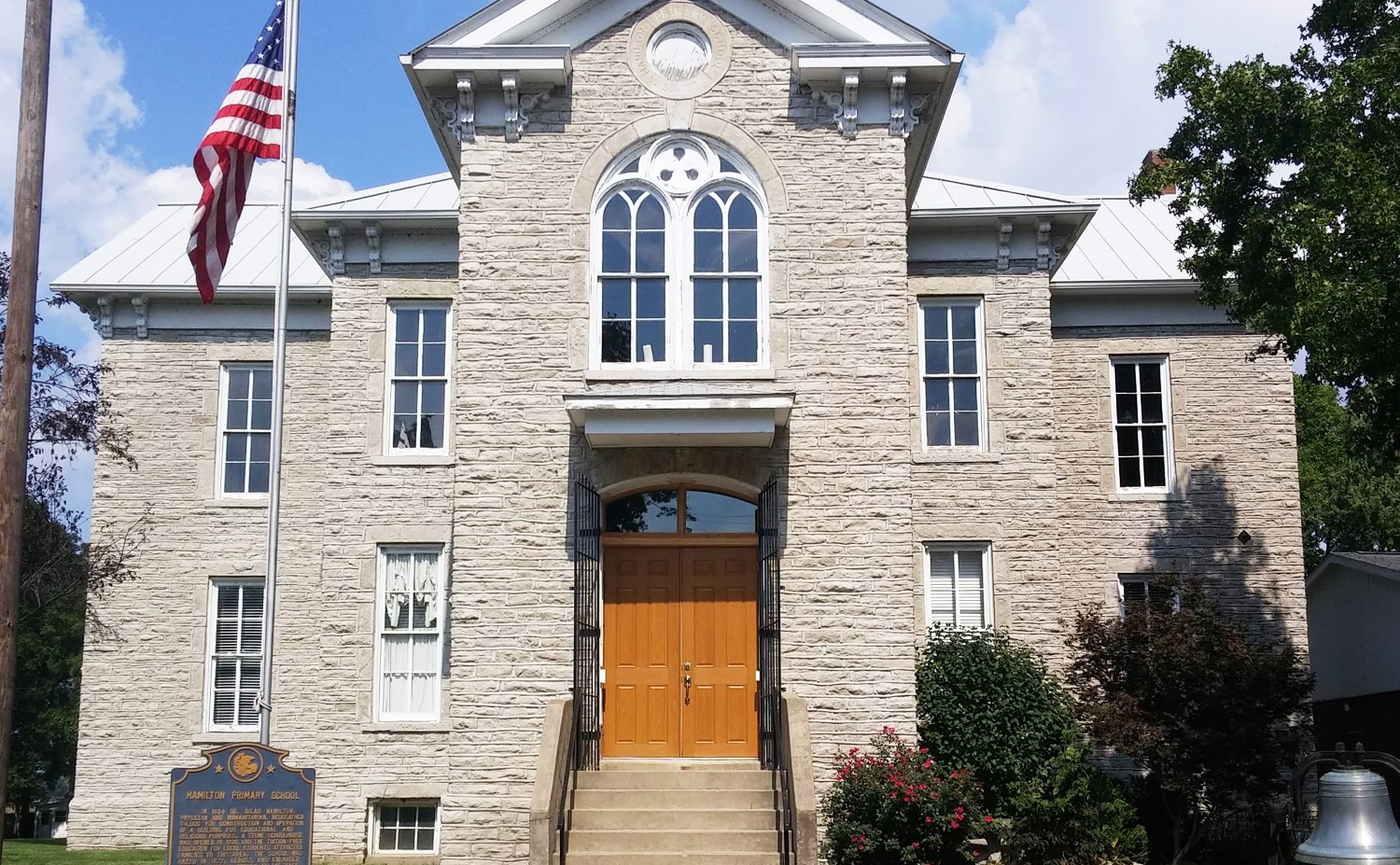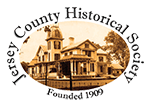
Hamilton Primary School
The story of Hamilton Primary School in Otterville begins half a continent away, in Massachusetts, with the birth of Silas Hamilton. The year was 1775, shortly before the signing of the Declaration of Independence.
Hamilton, a well-educated man, served as a doctor and teacher in Vermont before moving his family to Nashville, Tennessee, to open a medical practice. One of his more notable patients was Rachel Jackson, wife of future U.S. President Andrew Jackson.
In 1820, Hamilton purchased a plantation near Natchez in Adams County, Mississippi. There he hoped to lead by example, showing neighbors that you could run a profitable plantation while treating slaves fairly and humanely.
While living in Mississippi, Hamilton often returned to Vermont to visit relatives. During one of these trips, he happened upon a young boy named George, who was inconsolable over the recent sale of his mother. Some stories state that George’s master was named Washington. Others state that the boy’s mother, although a slave, could read and write and named her son after George Washington, whom she considered a great and fair man. Hamilton purchased the boy for $100, a decision that would not only influence their lives but the lives of generations to come.
By 1830, it had become clear that although his plantation was indeed flourishing, the neighbors were unimpressed by Hamilton’s ideology. Hamilton sold the plantation, and he and his 28 slaves traveled north to Cincinnati, where he granted all of them their freedom. George, now 11, and an aged couple remained with Hamilton, and the group eventually settled in Gullom, Greene County, which is now the town of Otterville in Jersey County.
Hamilton hoped to educate George and then send him to Liberia to serve as a missionary, but that dream was never realized. Hamilton died just four years later. As the only physician in the area, some say that his untiring efforts to help others led to his premature death.
In his will, Hamilton left $3,000 to George and $4,000 to be used to establish a building suitable for a school and a place of worship. He wanted his friends and neighbors to receive at no cost the rich benefits of a primary education — an opportunity that would be available to anyone regardless of creed, color, or previous condition of servitude.
The “Stone Schoolhouse” was built in 1835 with stone from a White quarry, known locally as Beatty Mound. Not only was it the first integrated school in Illinois, but it was also the first free school in the state. The school soon became known even beyond the borders of Illinois.
After Hamilton’s death, George lived with the Douglas Gilbert family (Hamilton’s sister was married to Gilbert). George made a living farming and never married. He was widely accepted and liked in the community. He was well-spoken, serving as the vice-president of the local debate society, and known for his kindness to those who were ill, always providing fuel for the family.
But George’s life was not always easy. He was assaulted by a group of men in Grafton in 1860 and was once held in Gilead, then the county seat of Calhoun county, and charged with being a runaway slave. Clarence Hamilton, a Jersey County businessman, heard the news while in Gilead on business and took the necessary steps to secure George’s release.
When George passed away in 1864, his will directed that $1,500 be used to erect a monument to the man who bought and freed him. After his debts were paid, including the funds for the monument, George’s estate was worth about $7,000, which he left to be used to help “colored persons or people of African descent” acquire higher education. The scholarship funds still benefit black students today.
The original school was razed in 1873, and a more modern school was built to replace it. Stones from the original school serve as its base. The school was closed in 1971 due to safety concerns, but thanks to the hard work of the Otter Creek Historical Society, the school was placed on the National Register of Historic Places in 1998, and they are working to restore it. The monument honoring Silas Hamilton lies a few feet from the school, and a crypt containing the bodies of Silas Hamilton, George Washington, and Douglas Gilbert is located a short distance away.
Visit the Otter Creek Historical Society’s website at www.hamiltonprimaryschool.com.
Jersey County Historical Society
601 N. State St.
Jerseyville, IL 62052
618-498-3514
